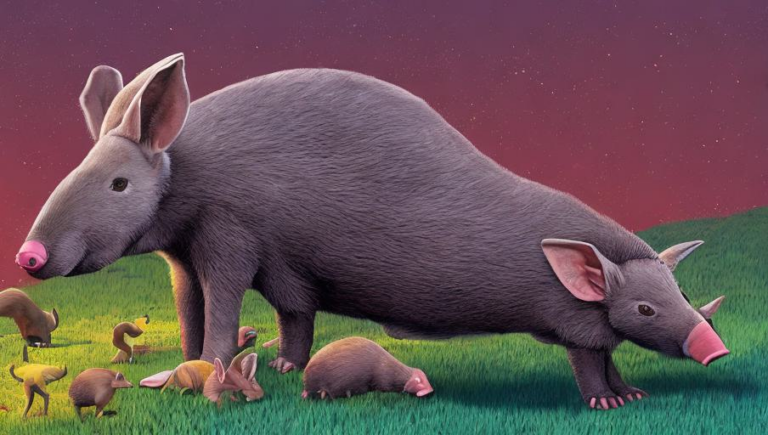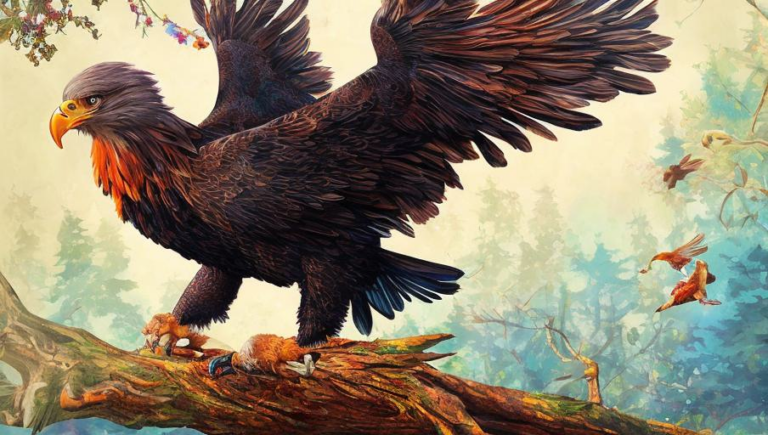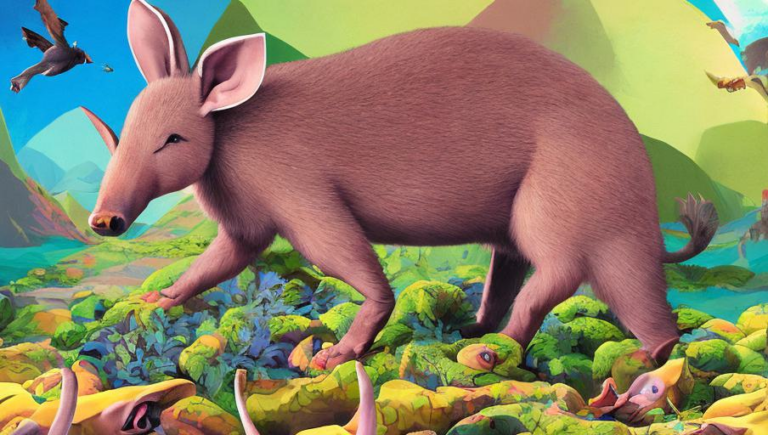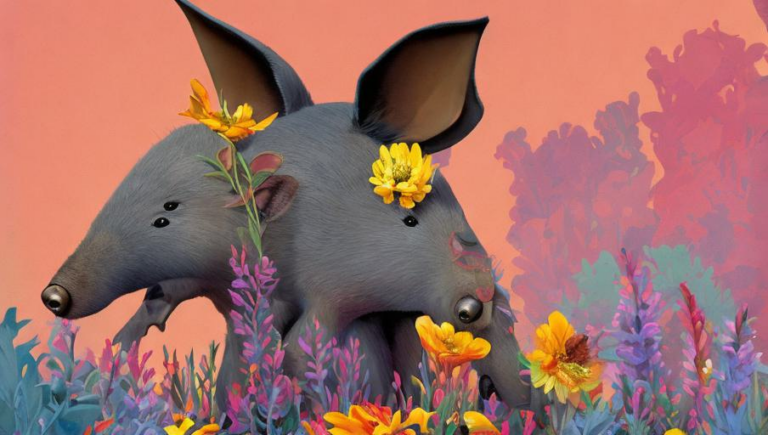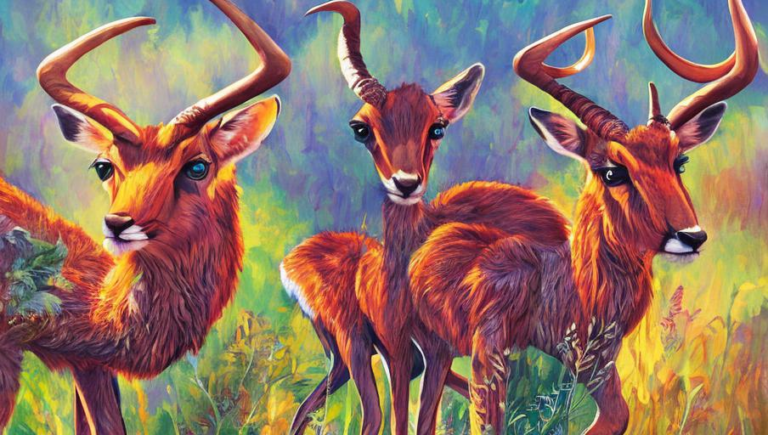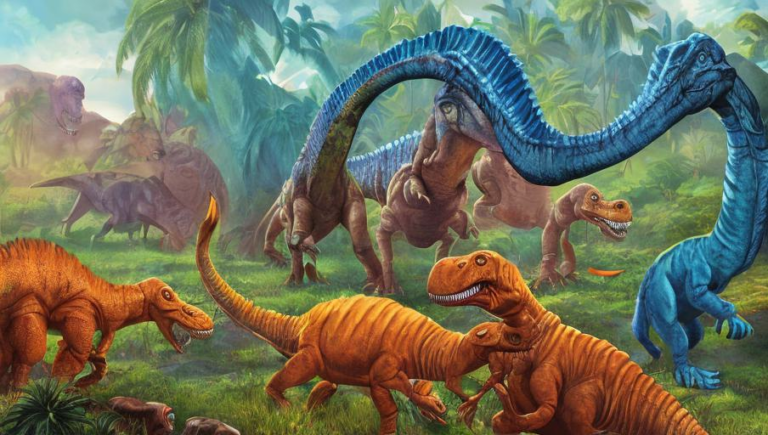An Introduction to Aardvark Behaviour
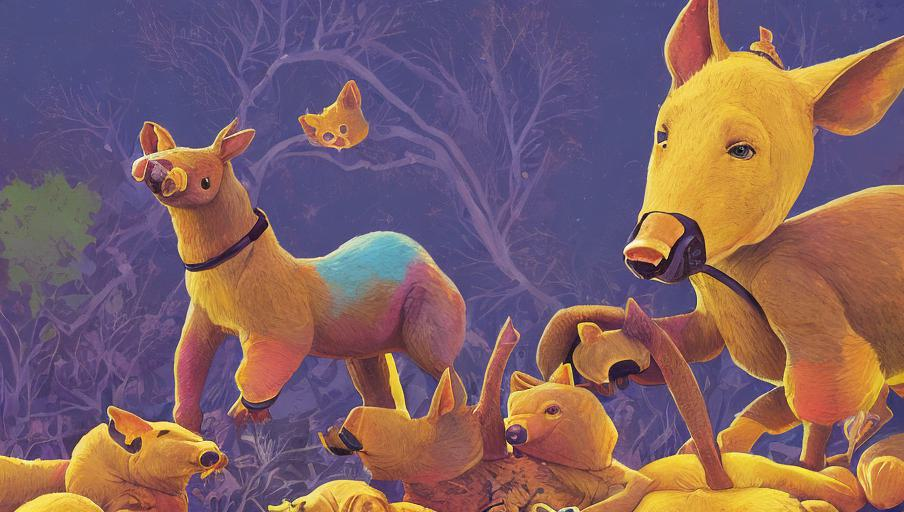
Aardvark Behaviour
Aardvarks are nocturnal mammals, which means they are most active at night. During the day, they will rest in underground burrows or other hiding places. They are solitary animals, and rarely interact with other aardvarks, except during mating season. Aardvarks are also very shy and will run away from danger, rather than face it head on.
Diet
Aardvarks are omnivorous, meaning they will eat both plants and animals. However, the majority of their diet consists of termites and ants, which they will dig up from the ground and eat. They have long, sticky tongues that they use to reach deep into the ground and grab the insects they are looking for. Aardvarks also eat various fruits and leaves, as well as grubs and larvae.
Habitat
Aardvarks live in a variety of habitats, including savannas, grasslands, and forests. They prefer open areas with plenty of ground cover, such as shrubs or tall grasses. They will often dig burrows to sleep in during the day and to hide from predators.
Reproduction
Aardvarks reach sexual maturity around two years of age. They will mate in the early spring and gestation lasts for about seven months. The female will give birth to a single young, which will stay with its mother for about a year before reaching independence.
Predators
The main predators of aardvarks are lions, hyenas, and leopards. They will also be preyed upon by other large predators, such as eagles and vultures. Aardvarks have several defense mechanisms to protect themselves from predators, such as running away and using their sharp claws to dig burrows.
Conservation
Aardvarks are listed as Least Concern on the IUCN Red List and their population is stable. However, they are threatened by habitat loss due to deforestation and other human activities. Conservation efforts are helping to protect the species and their habitats, and the aardvark population is slowly increasing.
Conclusion
Aardvarks are fascinating animals that have unique behaviors and adaptations that help them survive in the wild. They are an important part of the ecosystem and their protection is essential for the health of the environment.
